Get The Best PageSpeed Score
For Your WordPress Website

5 Web Caching Strategies to Boost Your Website’s PageSpeed Score
Web caching, the ultimate solution to supercharge your website’s PageSpeed and enhance the user experience. But what is this web caching and what they actually do?
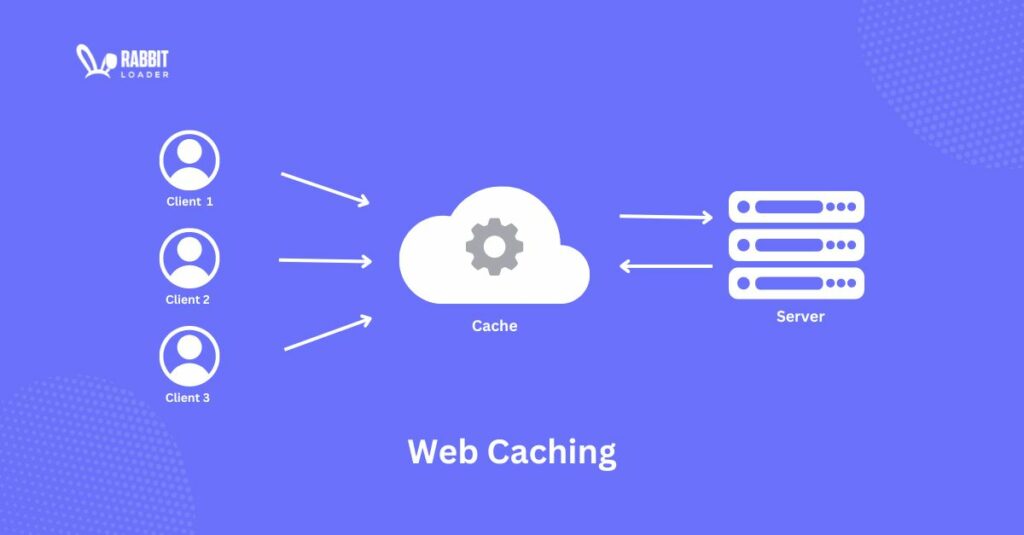
Technically, web caching is a temporary storage location for copies of static files or data. , let’s discuss web caching in detail and you will learn the powerful strategies to develop web caching that you can implement on your website to improve the PageSpeed.
What is Web Caching?
Web caching is the concept of temporarily storing or caching the static resources of a website for reuse.
It makes a website faster by saving the heavier website’s resources. Example of what web cache stores are:
- Media files ( logo, images, videos)
- HTML files ( bits of code that create the content of a webpage)
- CSS stylesheets (a bit of code to add style to the webpage content)
- JavaScript files ( Scripting language to make the webpage more interactive)
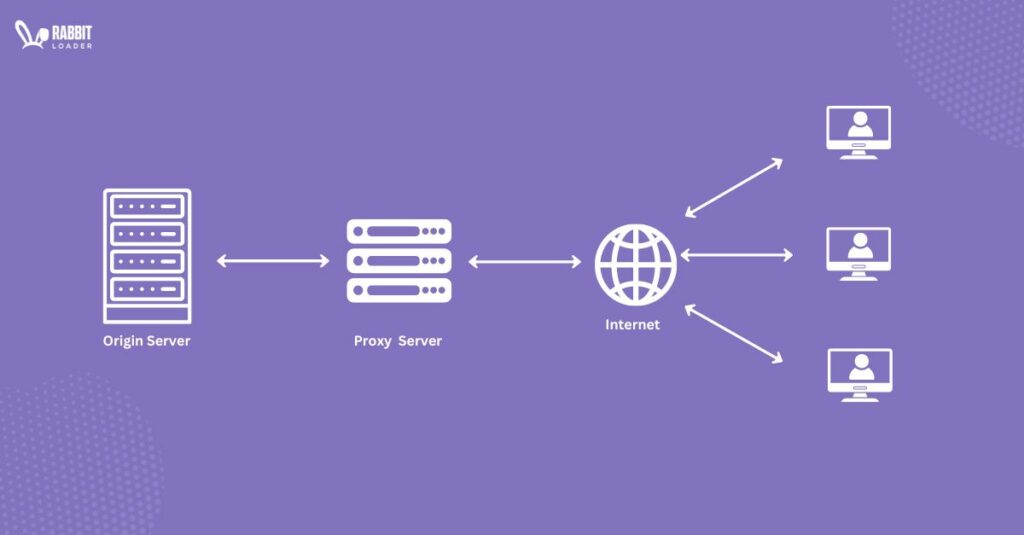
Let’s understand with an example. You are visiting our website RabbitLoader.com. The first time the browser downloads and temporarily stores the RabbitLoader logo into the web cache. Every time you go to a different webpage on rabbitloader.com, the logo on the left top corner is loaded from the web cache. It will reduce the web page loading time.
Type of Caching on the Web?
Now you have a basic idea of web cache. Let’s discuss the different types of web cache. Web caching can be categorized into two parts: client-side and server-side.
1.Client-Side Caching
happens when the browser saves the static resource files locally on the user’s computer. So that the files don’t have to be downloaded again.
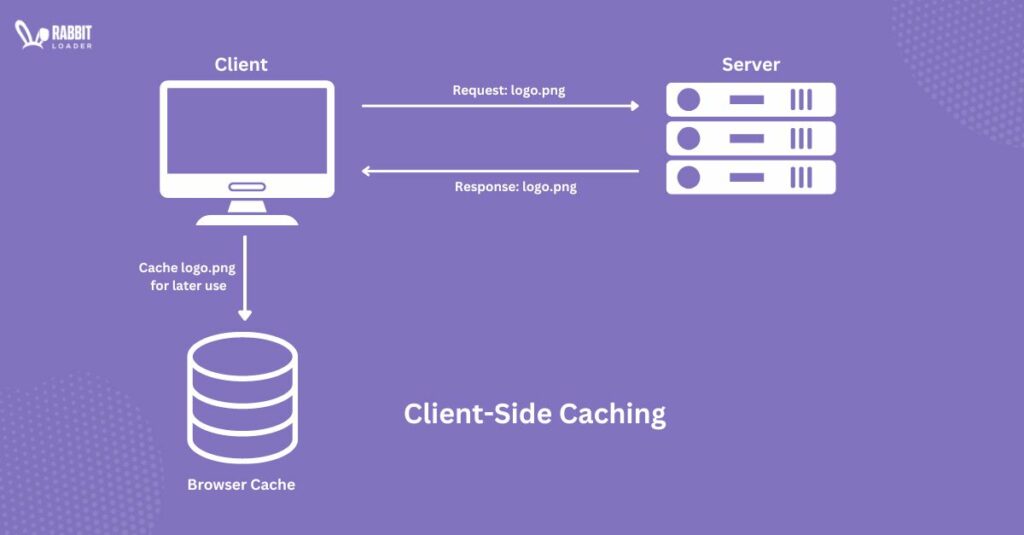
2.Server-Side Caching
Indicates the web server temporarily stores the content of the webpage before it’s sent to the user’s browser.
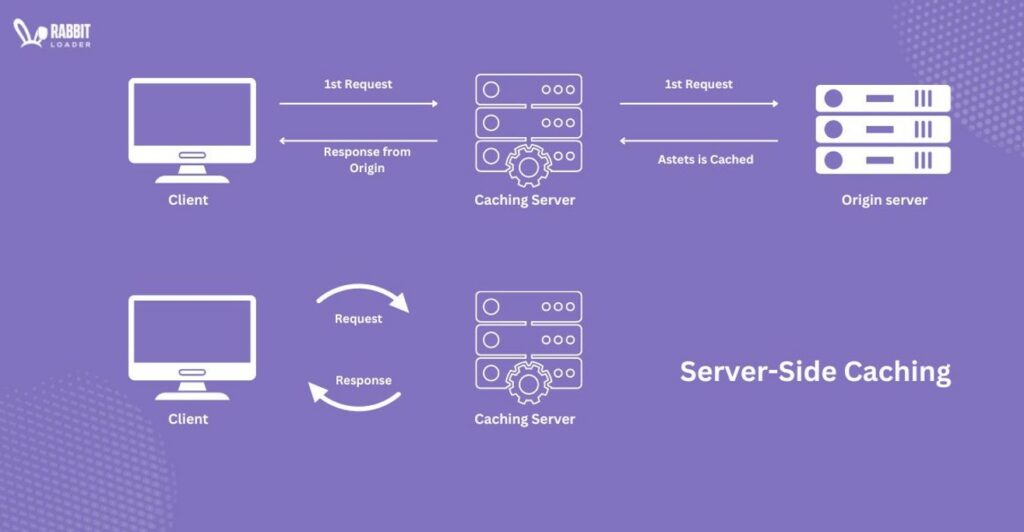
Here, we will explain the different types of cache such as browser cache (using client-side caching mechanism), proxy cache, and CDN cache which are well-known server-side caches.
- Browser Cache:
Browser cache is a client-side cache used to store images, Stylesheets, scripts, and other resources from the website. So, when a user revisits the website, the cached content doesn’t need to be downloaded again.
However, the browser cache has some drawbacks. It can introduce inconsistency. If the website’s content (like image or script) is changed then, the user will get a 304 Not Modified error for the stale cache content until they delete the cache.
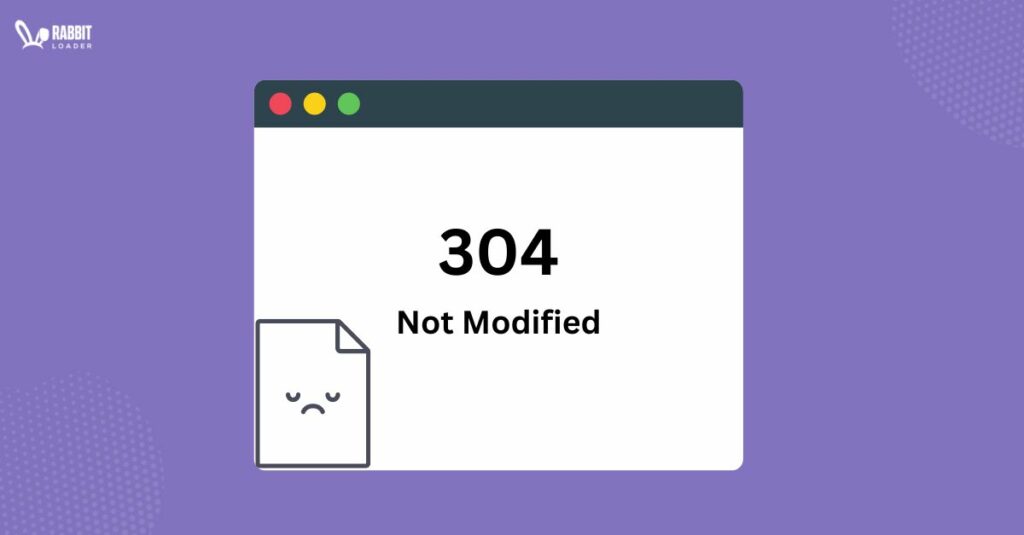
How to clear the web browser cache?
Let’s find out the steps to clear the browser cache in Google Chrome!
- Step 1: In Google Chrome go to the top right side and click on More (three dots).
- Step 2: Click on Clear browsing data or press Cntl+Shift+Del.
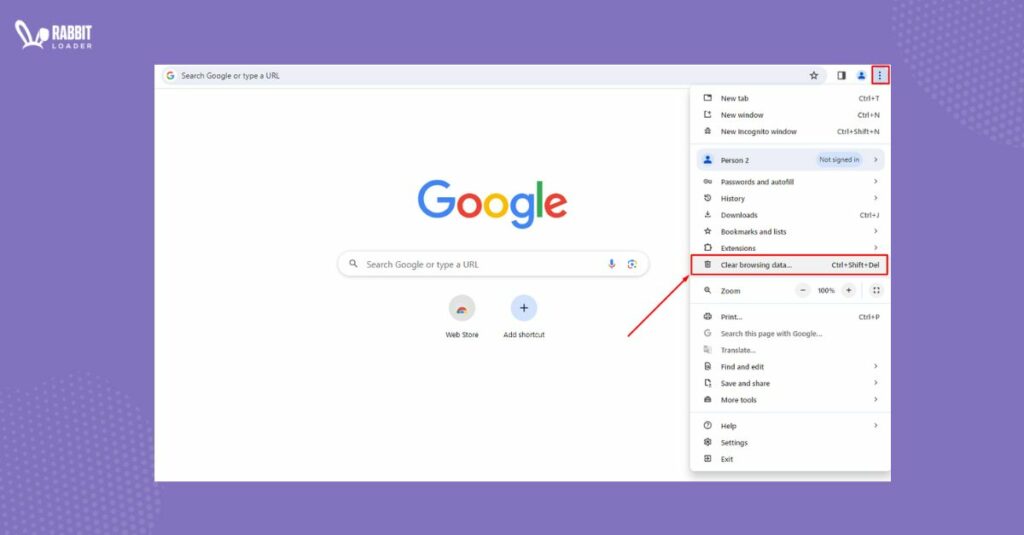
- Step 3: Select one time range, like All time or Last hour, and the type of information you want to remove from your browser.
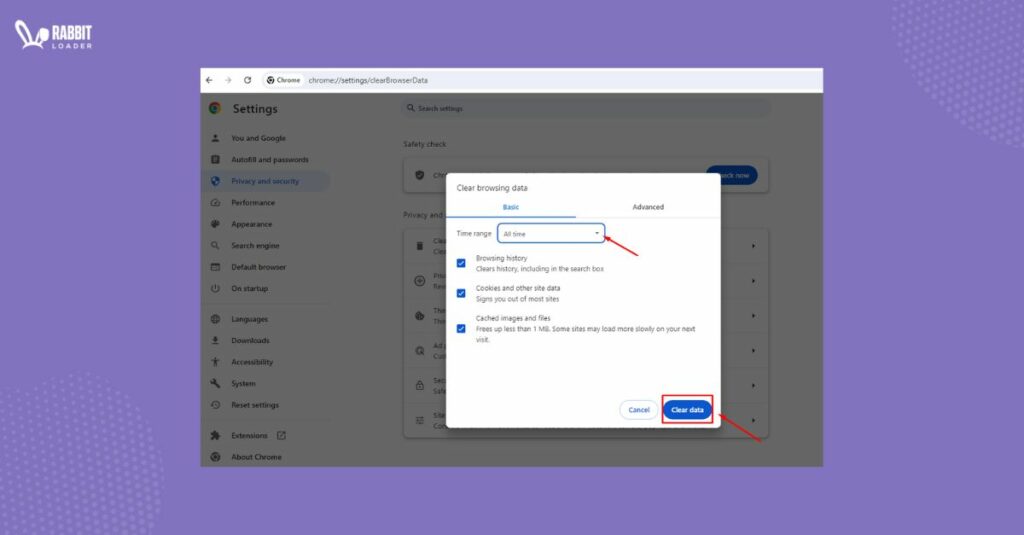
- Step 4: Click on Clear data.
- Proxy Cache:
A proxy cache is the most common type of server-side cache that lies between the user and the origin server. This cache is used for performance optimization, privacy, and security purposes.
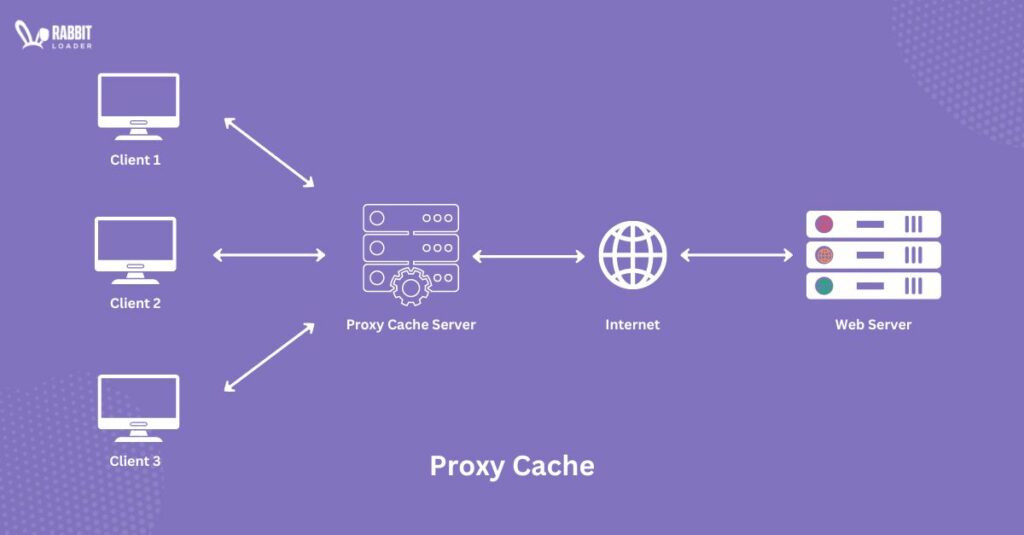
When a user requests the content of the website, it can be fetched from the proxy server cache instead of its origin server. It will help to reduce the traffic and overload on the origin server.
Proxy servers also enhance security by filtering network traffic, scanning for viruses, encrypting data, and preventing malicious requests.
- CDN Cache:
A Content Delivery Network (CDN) is a group of proxy caching servers that are geographically distributed. It will reduce the real-world distance between the user and the original server.
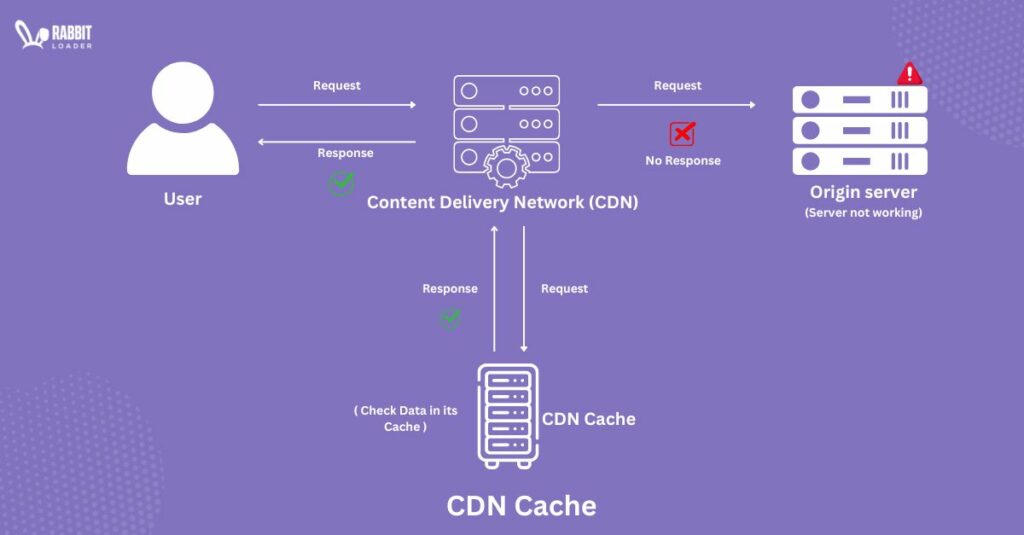
Content Delivery Network will help to improve the website pagespeed performance by reducing the latency.
When a user requests content from a website through HTTP headers, the HTTP request will arrive at the nearest PoP of the user.
- Cache Miss: happens If the requested content of the website is not present at the nearest server, The Content Delivery Network will retrieve that content from the origin server.
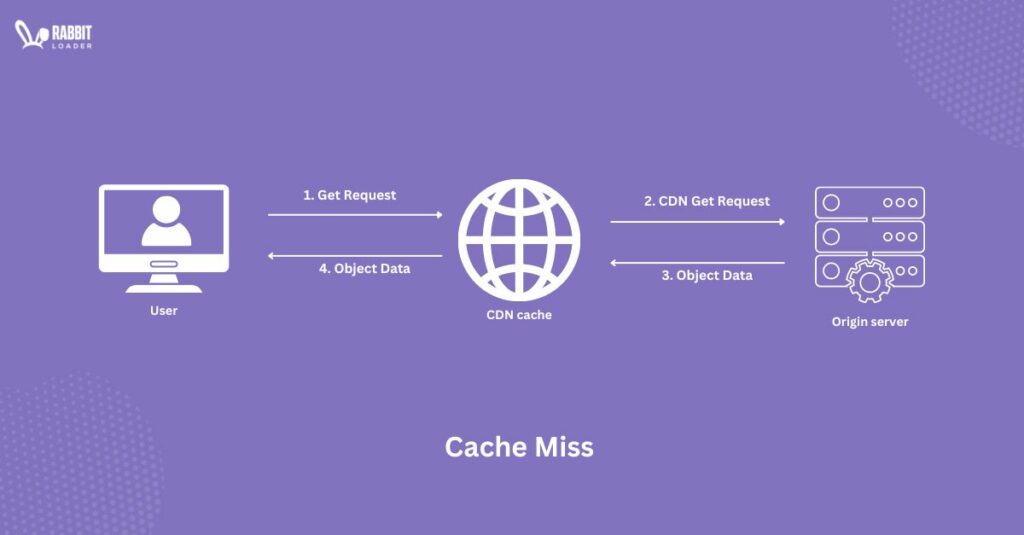
- Cache Hit: happens in a Content Delivery Network, If the requested content is present, then CDN can fulfill the request of the user by fetching the content through an HTTP response.
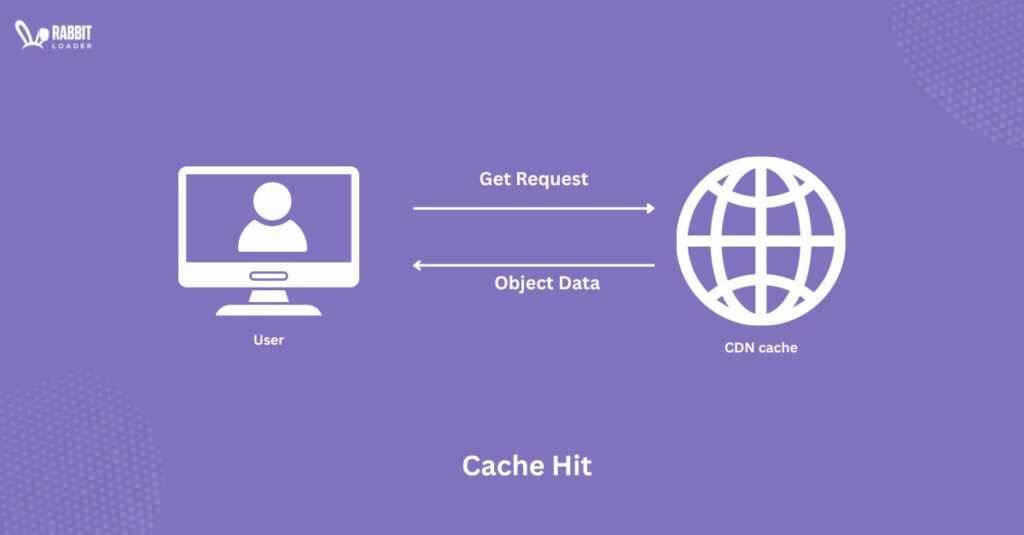
What is the Cache Hit Ratio?
A cache hit ratio is used to measure the success of a Content Delivery Network (CDN) server’s cache system. The cache hit ratio is defined as the number of content requests a cache can deliver from the cache storage.
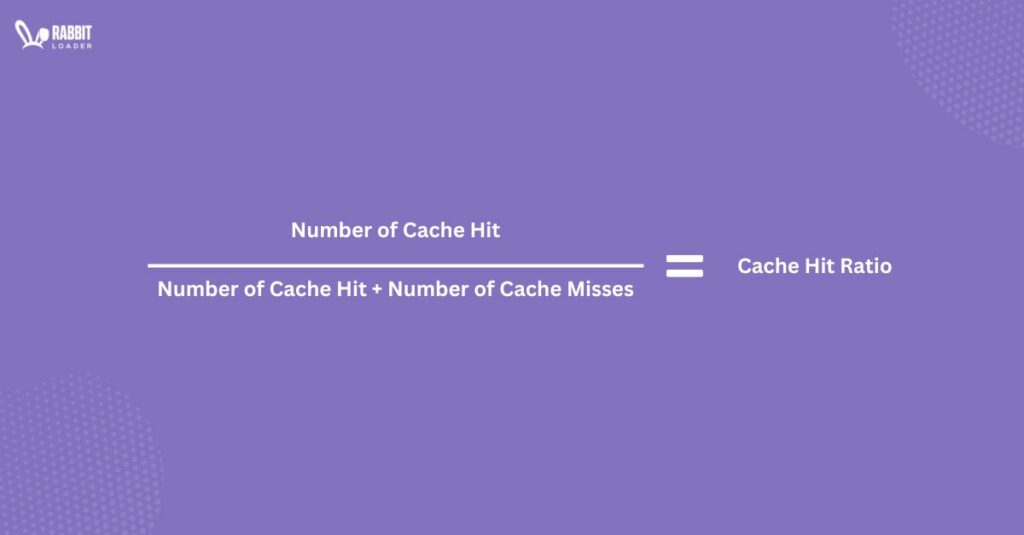
Let’s understand with an example. If a cache hit ratio is 75%, that means 75% of the requested content is served from the CDN cache, and the remaining 25% must be retrieved from the origin server.
The Impact of Web Caching
Web caching has several significant impacts on the website’s performance. Let’s discuss a few reasons why a website needs web caching layers.
- Web caching improves the website’s pagespeed performance:
By storing copies of the website’s static resources such as HTML files, CSS stylesheets, JavaScript files, and media files (images and videos) in the nearest edge location server, it will increase the website’s pagespeed by reducing latency.
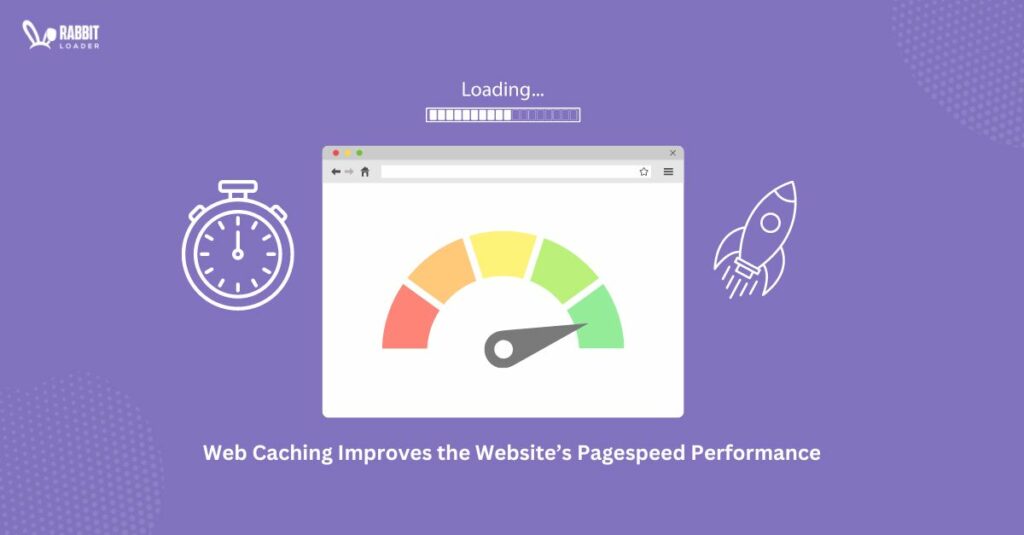
- Web caching makes your website more secure:
Web caching allows you to access sensitive resources without exposing the resources to the server. You can control the web cache to restrict it based on an IP address and any other criteria.
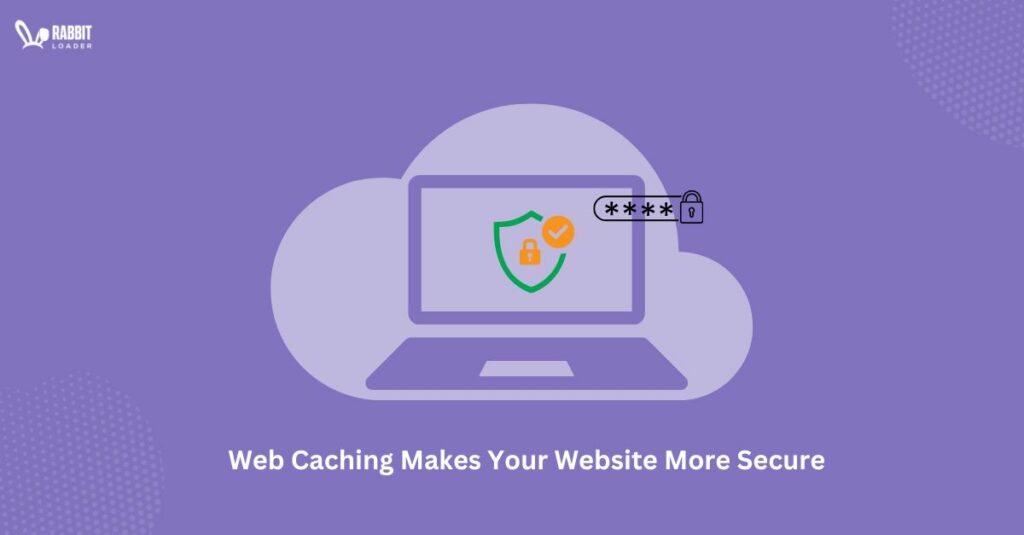
It will make this easier to audit and identify the hackers as well as bots.
- Web caching reduces the server load:
When the cached resources are fetched from the web cache server rather than the origin server, it will reduce the load on the origin server. This also allows the server to handle more requests and improve the overall scalability.
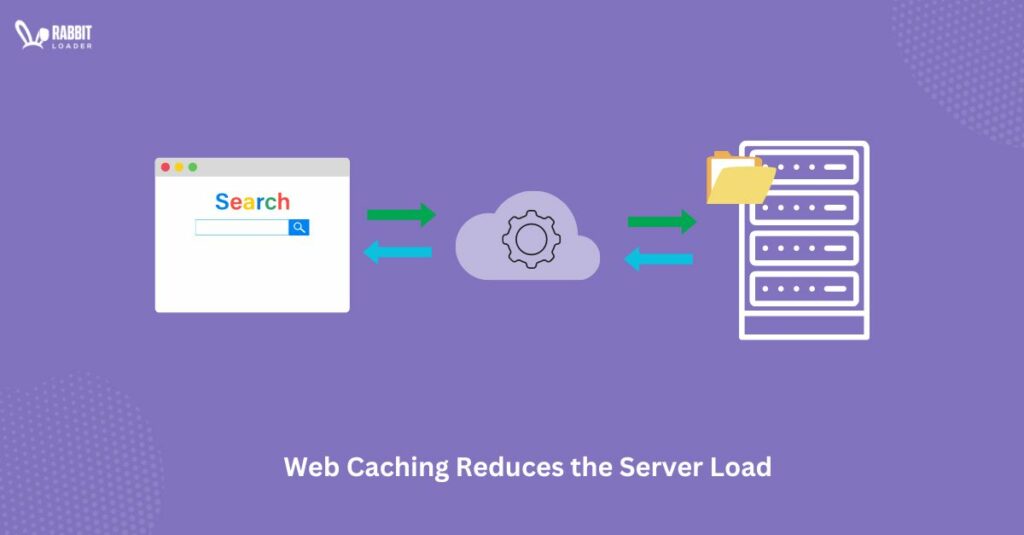
So, web caching can be used as dependable and quick hosting to enhance the website’s performance.
Developing a Web Caching Strategy
Now, you have already covered the most important concepts of web caching. From here, we will discuss the strategies to develop a web cache.
There are certain strategies that you need to follow to develop web caching.
1.Identify cache resources:
First, you need to determine which resources should be cached if your website has some specific need.

Usually, this may include static resources of website content such as HTML files, CSS stylesheets, JavaScript files, and media files ( images and videos), as well as dynamic content that is not changed frequently.
2.Understand cacheability:
You need to understand the cacheability of the resource files like how often they are changed or whether these resource files are sensitive to the user-specific data. Understanding cacheability is critical to setting a cache-control header.
3.Choose a caching mechanism:
After understanding the cacheability, you need to choose any caching mechanism like browser caching, proxy caching, or CDN caching.
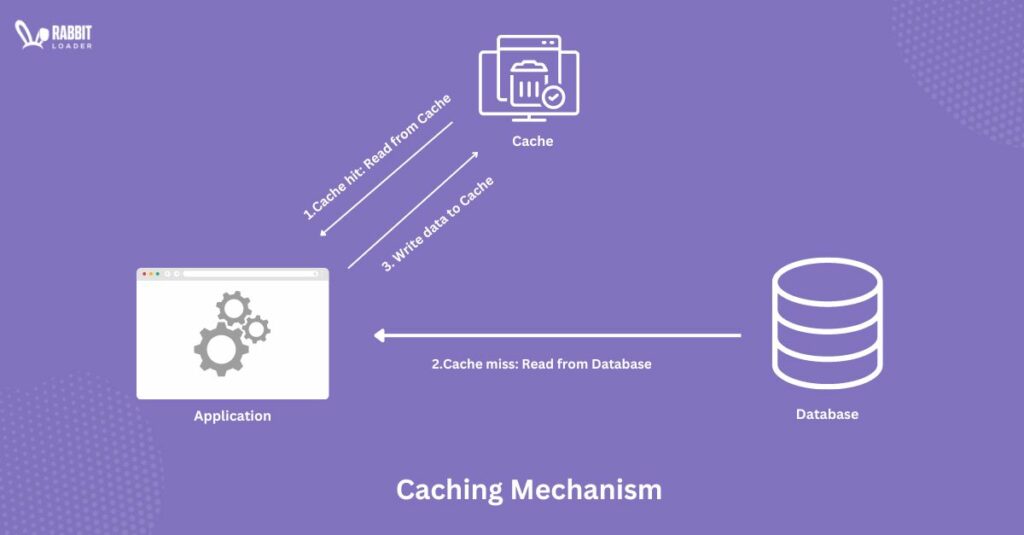
4.Set a cache-control header:
A cache control HTTP header carries the instructions for both requests and responses which control the whole caching process in the client-side cache as well as server-side cache.
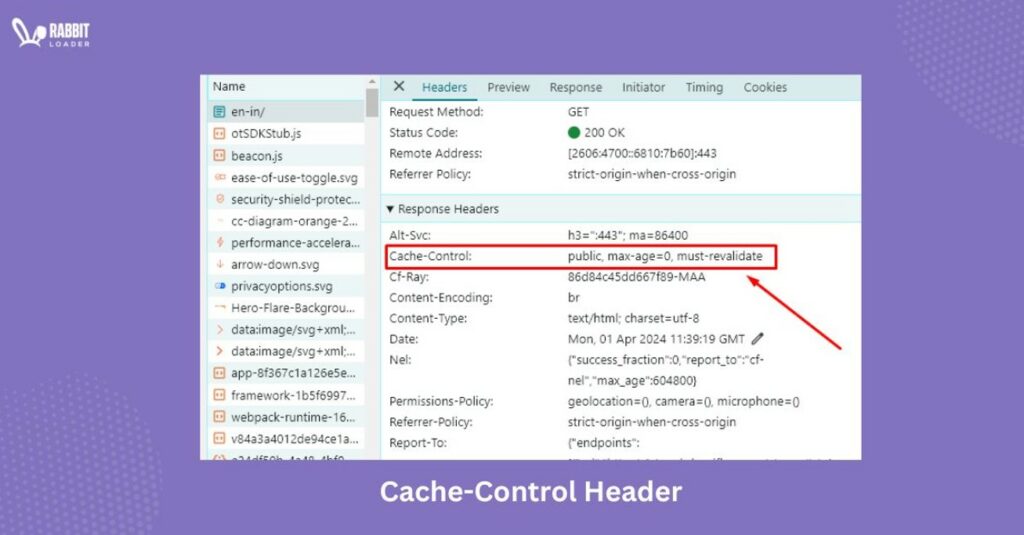
Use an appropriate HTTP header such as Cache-Control to control the cache’s behaviours. By using this, you can set the max-age to specify how long the resources should be cached, no-cache which indicates the response must be stored in the cache but the response will validate with the backend or original server before reuse, and many more.
5.Testing:
After configuring the caching you need to check in different browsers and devices to ensure consistent performance.
How RabbitLoader will help you in web caching?
The above strategies, which we’ve mentioned, are time-consuming and you need to do them manually, which requires a piece of coding knowledge. But why are you putting extra effort into this?
There are many optimization plugins available such as RabbitLoader, WP Rocket, W3 total cache, and WP Fastest Cache to implement web caching in WordPress. You can also use RabbitLoader for your PHP, and Laravel custom website optimization.

However, RabbitLoader is an all-in-one performance optimization plugin. No other optimization tools are required to enhance the website’s performance like other plugins when using RabbitLoader.
RabbitLoader will improve everything that’s needed for optimal performance. Not only that, RabbitLoader will enable premium CDN with 300+ POPs, and many more.
Conclusion
Here, you have a clear idea about web caching and how it helps you to improve your website’s performance and also learn the strategies to implement web caching on your website through as well as by using any plugin.
Now, you must implement web caching to improve the pagespeed of websites for a better user experience as well as higher SEO rankings.
Get The Best PageSpeed Score
For Your WordPress Website